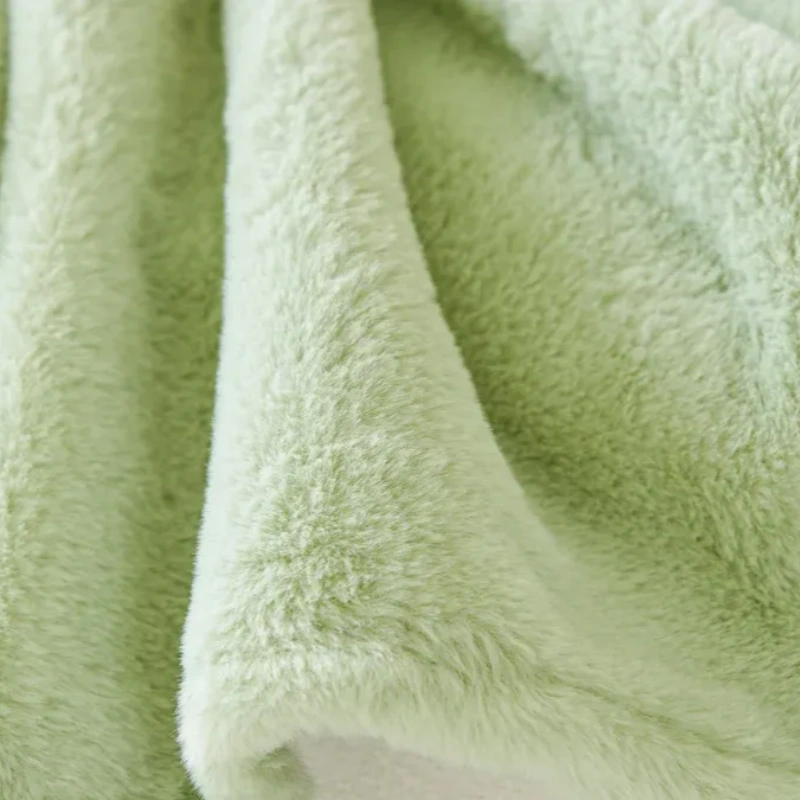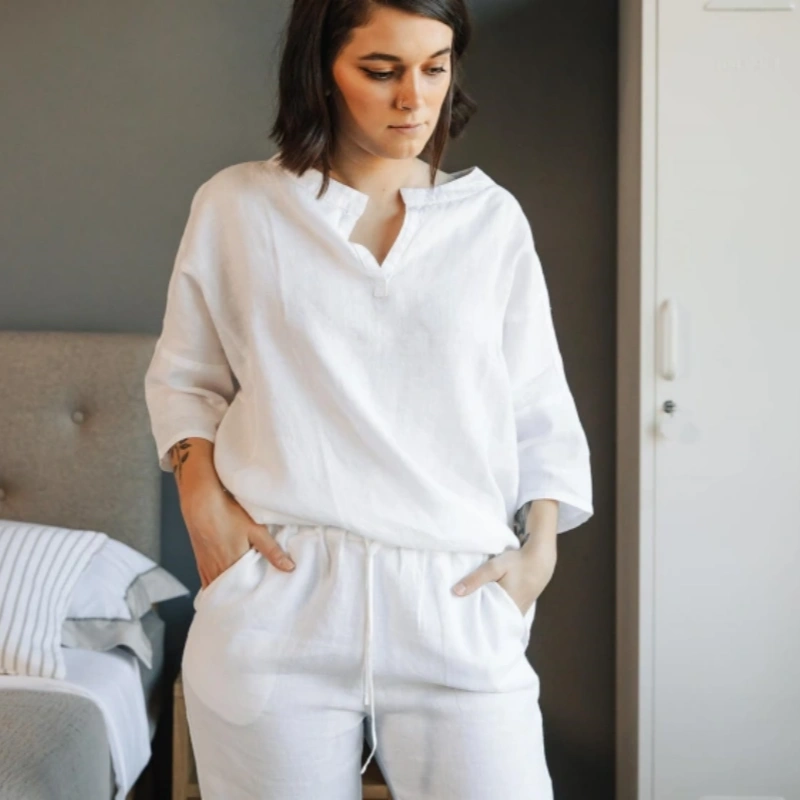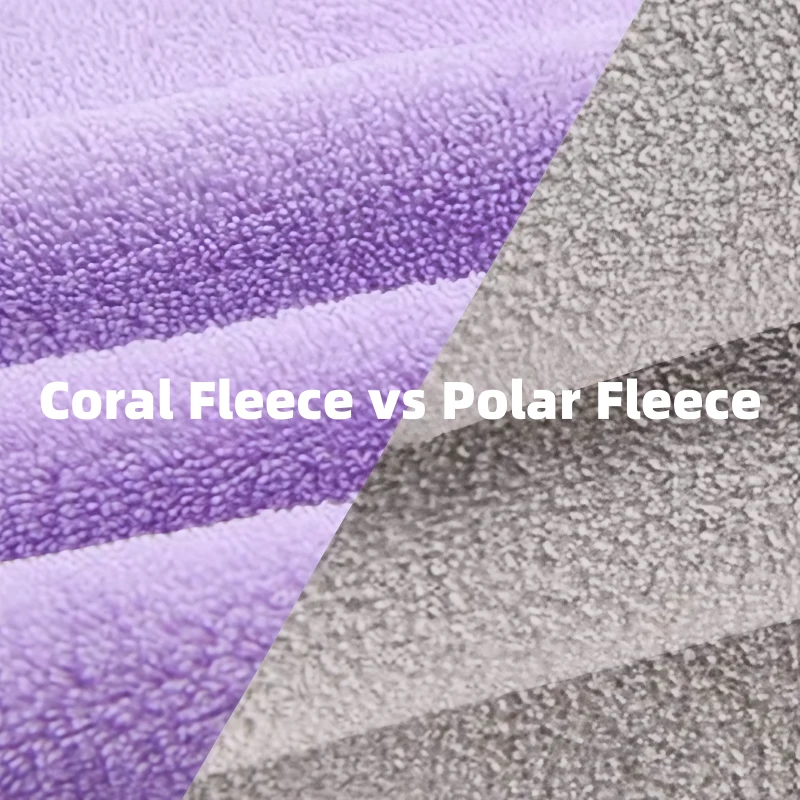Interlock vs Jersey Fabric: How to Pick for Your Brand?

Interlock vs jersey fabric: Compare comfort, durability, and style to choose the best fit for your brand’s sleepwear and loungewear.
Coral Fleece vs Cotton: How to Choose for Your Needs?

Coral fleece vs cotton: Choose warmth and plush softness or breathability and absorbency for sleepwear and towels.
Is Linen Good for Summer? Find Out the Truth

Linen is good for summer thanks to its breathability, lightweight feel, and moisture-wicking properties that keep you cool and comfortable.
How to Start a Clothing Brand With No Experience?

Start your clothing brand with no experience by choosing a business model, defining your niche, and using online tools for design and marketing.
Coral Fleece vs Polar Fleece: 2025 Buyer’s Guide

Coral fleece vs polar fleece: Compare softness, warmth, and durability to choose the best fleece for indoor comfort or outdoor performance in 2025.
What is Coral Fleece? The Secret to Cozy Pajamas
Coral fleece is a plush, lightweight polyester fabric prized for its softness, warmth, and comfort—ideal for cozy pajamas and loungewear.
Easy Pajama Day Ideas for Families and Friends

Pajama day ideas for families and friends: movie marathons, crafts, breakfast in pajamas, and themed games for a cozy, memorable day together.
Hello Kitty Trends: Shaping Pop Culture in 2025

Hello Kitty trends in 2025 drive pop culture, fashion, and accessories, with new styles, collaborations, and global fan engagement shaping the year.
What is Coral Velvet Fabric? The Ultimate Guide for Buyers

Coral velvet fabric is a plush, synthetic textile known for its softness, warmth, and durability, ideal for cozy pajamas and home textiles.
Lace Trends 2025: Bring Romance Back to Everyday Style

Lace trends 2025 bring romance to daily style with bold colors, new textures, and versatile pieces for comfort and individuality in every outfit.
